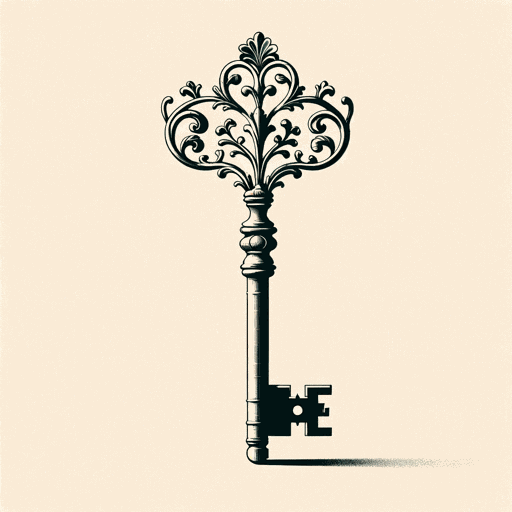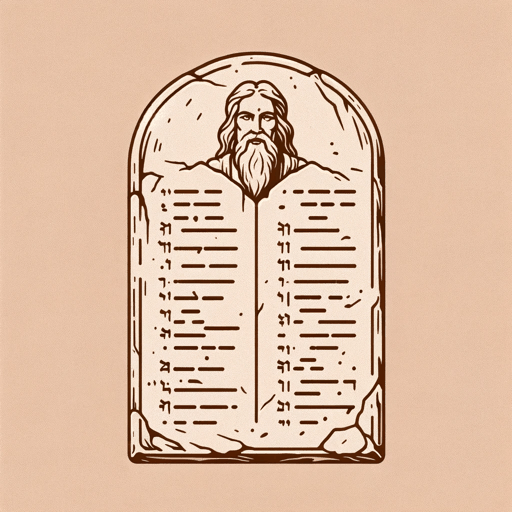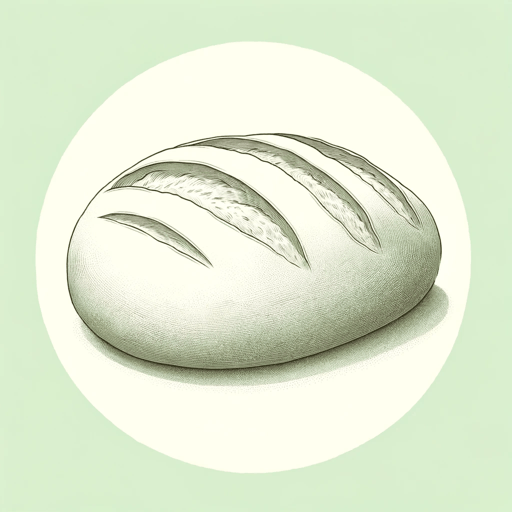18 pages • 36 minutes read
AnonymousDo Not Stand at My Grave and Weep
Fiction | Poem | Adult | Published in 1930A modern alternative to SparkNotes and CliffsNotes, SuperSummary offers high-quality Study Guides with detailed chapter summaries and analysis of major themes, characters, and more.
Background
Popular Poetry versus Academic Poetry
The literary critic and the common reader are often at odds in their preferences, and the question of literary quality perennially nags at poets, critics, and readers. Poet W. S. Merwin quoted his own teacher in “Berryman,” concluding “if you have to be sure, don’t write” (“Berryman,” Line 40). Merwin and Berryman describe academic writing, but popular works define themselves in numbers, a much simpler way to determine effect.
“Do Not Stand at My Grave and Weep” appeared in The Gypsy, a Midwestern, Depression-era magazine dedicated to popular, mostly sentimental verse. While modernist poets like William Carlos Williams and Wallace Stevens marked a departure from poetry’s appeal to emotion and revolutionized American poetry, sentimental verse continued to console and uplift American readers. Newspapers printed inspirational and dramatic poems; anthologies with titles like “Best Loved” poems or “Treasuries” of verse spoke to popular appeal rather than academic standards. Designed to excite emotions rather than intellect, the melodramatic work of sentimental poets, especially female poets, holds more value for its readers than it does with critics.
Academic courses in poetry rarely include poetry books with traditionally high sales, like Desiderata or the works of Khalil Gibran. Seminars may one day address such popular poets as Shel Silverstein and Rupi Kaur, but their cultural stature derives from the millions of readers who have enjoyed their work, not from critical acclaim.
Related Titles
By Anonymous

Arabian Nights
Anonymous

Arden of Faversham
Anonymous

A Woman in Berlin
Anonymous

Bible: New Testament: English Standard Version
Anonymous

Bible: Old Testament: English Standard Version
Anonymous

Deuteronomy
Anonymous

Diary of an Oxygen Thief
Anonymous

Everyman
Anonymous

Hebrew Bible
Anonymous

Holy Bible
Anonymous

Homeric Hymns
Anonymous

Judith
Anonymous

Laxdaela Saga
Anonymous

Lazarillo De Tormes
Anonymous

Mahabharata
Anonymous

Nibelungenlied
Anonymous

Njals Saga
Anonymous

One Thousand and One Nights
Anonymous

Popol Vuh
Anonymous

Sir Gawain and the Green Knight
Anonymous

